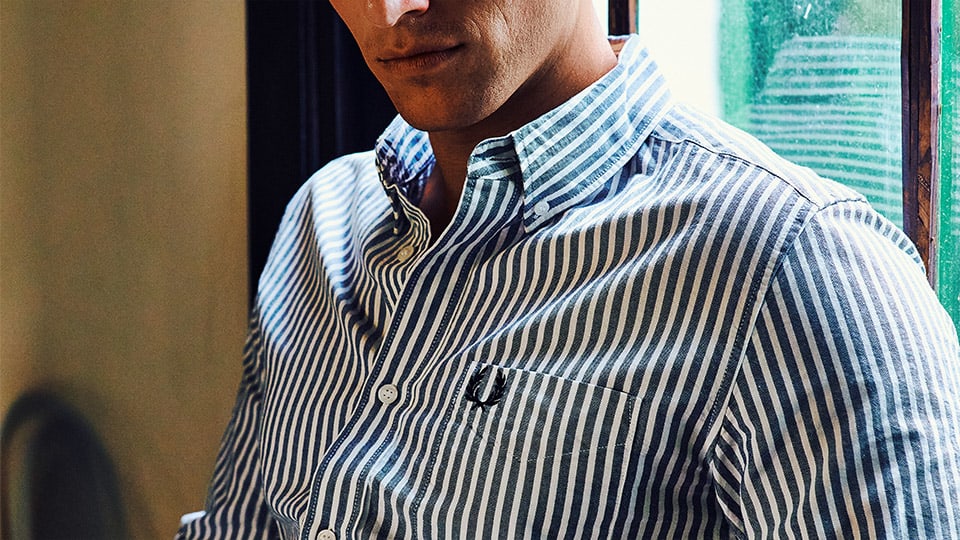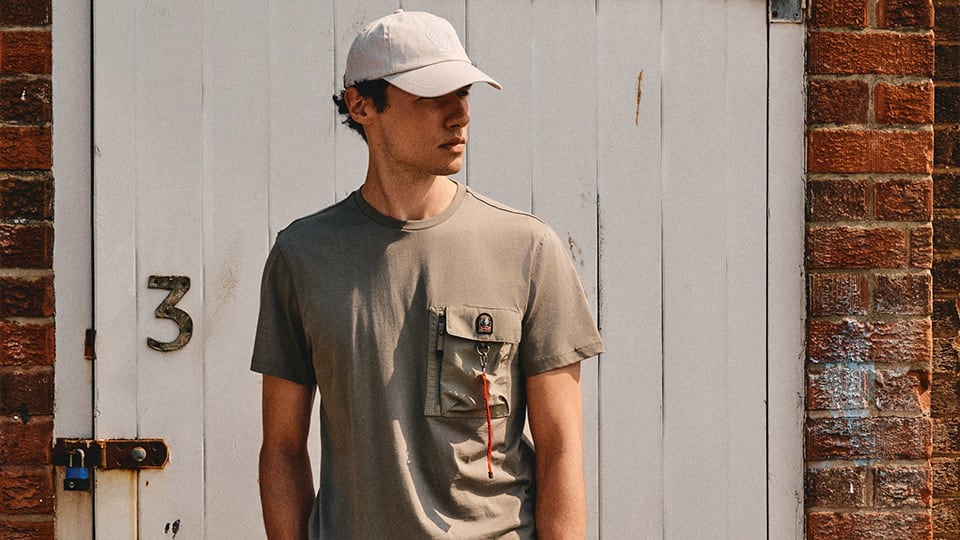
History of the Loafer
A staple in summer wear, loafers have grown to adapt to any sort of fashion be it smart, casual, outdoor, loungewear, etc – you name it, there’s a loafer for the occasion. With this in mind, along with the history of the parka and the boat shoe, we’ve looked into the history of this versatile slip-on.
The history of the loafer we’ve all come to know and love is actually an offspring of a simple fisherman’s shoe courtesy of Northern Europe. Known as the Bass Weejun, it was Norwegian fisherman who first invented the basic foundation of the shoe that has grown to symbolise the highest class of slip-on.
In the 1930’s, travellers in Europe noted the comfortable looking footwear of local fishermen in Norway. They were a leisurely moccasin style slip on similar to those the Native Americans wore, although the modern day loafers – contrary to popular belief – did not originate so far West.

Here, the story goes one of two ways. Some claim that the Norwegian locals noted traveller’s interest in their fishermen’s footwear and began exporting them to the rest of Europe, whilst others say that travellers actually purchased some of these shoes from the fishermen on their travels, wore them back home and as a result the shoes quickly gained popularity.
However, it is generally accepted that once the popularity of the Norwegian slip-on was noted, companies began producing them commercially. The first of these companies to begin production was G.H. Bass which was founded in 1876 by George Henry Bass. The first loafer produced by the company was the Bass Weejun in 1936, it’s name stemming from the company creator Bass and the Weejun stemming from a corruption of the word Norweigan, the place the shoes inspiration originated.

The Penny Loafer developed later on and supposedly for a particular purpose. The Penny Loafer only really differs from the original loafer in that it has a leather strip across the front of the shoe with a particular shape cut out that almost creates a small slot or pocket in the front of the shoe.
It’s purpose was very particular and pertains to it’s name as back in the days of pay-phones, school children would keep a penny in the slot of their loafer in the case of an emergency phone call home.
Coming a long way from the simple shoes that consisted of leather sides joined with a strip of leather across the insole, the casual slip on has evolved to suit every form of fashion, ranging from formal loafers suitable for tuxedos to loafer-style slippers for lounging around the house in, and everything in between.
Written by Georgia Jerrey
What did you think of this post?
Great!
Helpful!
Not for me!



